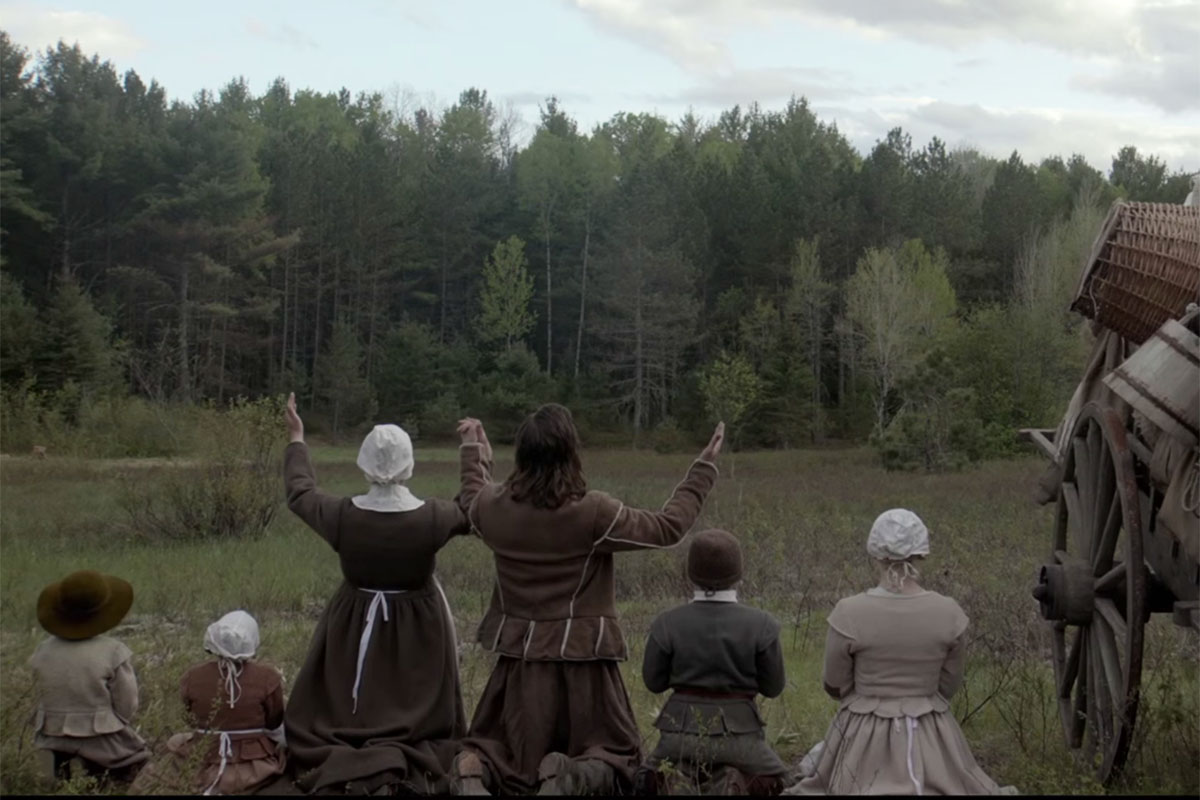How do human characters change as a result of their relationship with nature in horror films? Is it a change for the better or the worse? Does this connect to depictions of the destabilization of the self seen in 19th century (eco)gothic narratives?
Through working through my neoliberal horror film list, I’ve noticed three patterns of human change as a result of immersion in the wilderness/nature:
- Human characters suffer greatly during their time in nature/in contact with nature. However, they survive and leave the wild a changed person. This change is often for the better, no longer are they ignorant suburbanites or urbanites, but they are rugged and more connected with their own humanity. This is the rebirth narrative. The Descent and Evil Dead are great examples. Sometimes, however, this change is not for the better, such as in The Witch (although, it could be argued that her change was for the better. There are feminist readings of the film that read the ending as a sort of female/sexual awakening). Deliverance may also contain a character that experiences a negative change, depending on the reading of the film’s ending. In The Shining, the claustrophobic nature of the snow-surrounded hotel definitely is a factor in Jack’s deterioration.
- Human characters suffer as a result of their time spent in the wild/nature/in contact with nature. They either go insane and die after doing something desperate and reckless, or they simply die because they are no longer capable of defending themselves. These characters are often in the same movie as the character who experiences a rebirth narrative. Consider The Ritual, Jaws, Deliverance, etc. However, sometimes everyone dies. For example, The Blair Witch Project.
- Many of the monstrous human characters that exist within nature in horror films are poor, physically repulsive, masculine, and infectious (see Bernice Murphy’s Rural Gothic, as well as my post on her text). These characters either belong to families whose genetic make-up predetermined them to be monstrous (i.e.: Texas Chain Saw Massacre) and the family chose the isolated wilderness as their home as a result of their monstrousness, or, these are characters that belong to families whose genetic make-up has slowly deteriorated across generations at least partly because of their geographic location (The Hills Have Eyes) or who have deteriorated themselves because of their time in nature (Cabin Fever).
I’m very interested in the ways that language of atmosphere and infection are employed in destabilizing depictions of the ecogothic in horror films. Wildness is something that can be caught and can damage your own self, as well as your lineage (which has implications for fearing the future of the nation/world). In these scenarios, the very air you breathe and the meat you eat has a dangerous potential. This sort of thinking can strengthen viewers’ ecophobic views (the desire to control and manage nature). On the flip side, this sort of influence is often romanticized (as in the rebirth narrative), but this is also a dangerous view. That being said, I don’t think that ecogothic narratives are always damaging, but can often instill in the viewer the sense that our human boundaries are not so separate from the natural exterior, but that we are deeply connected.
